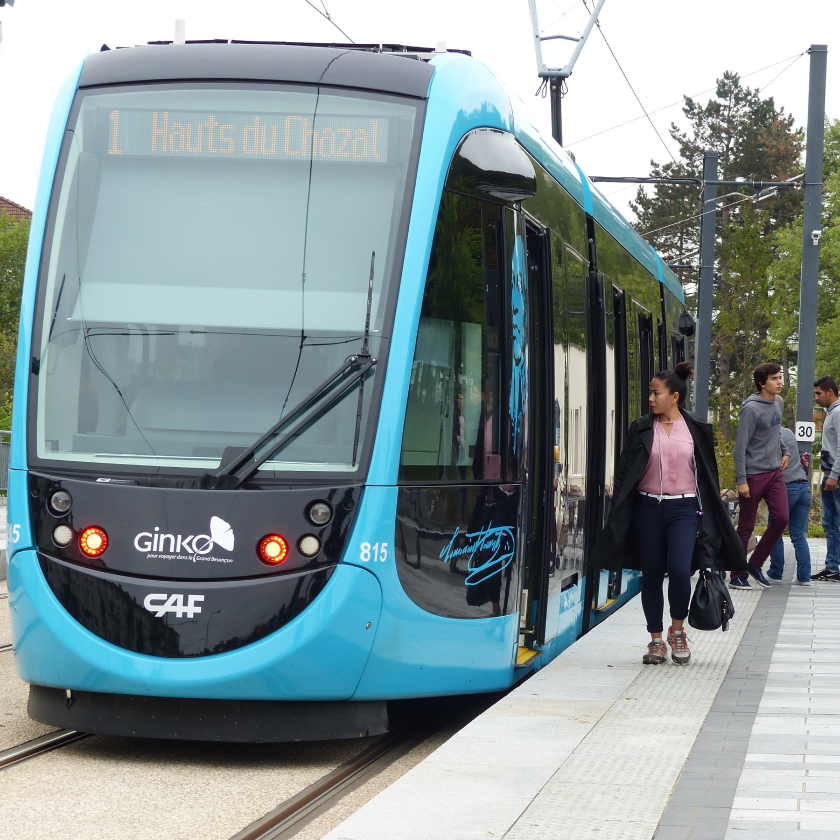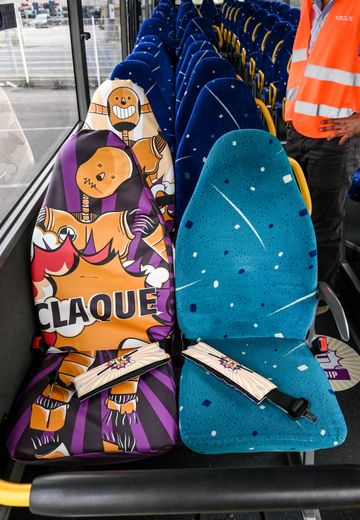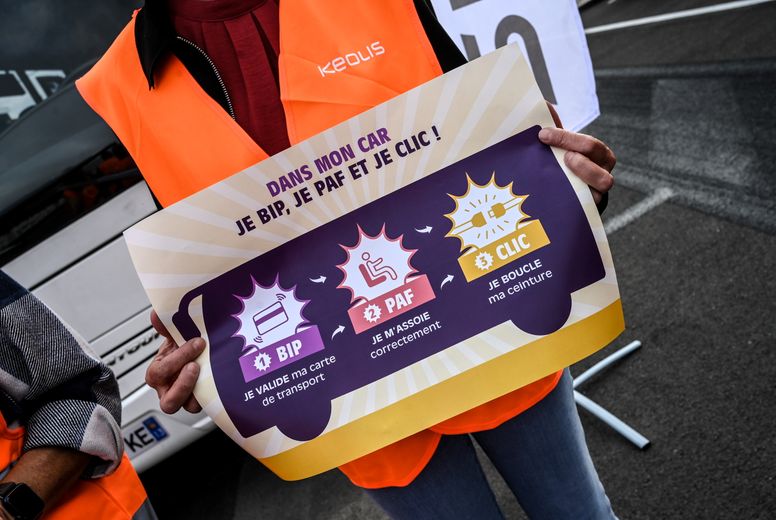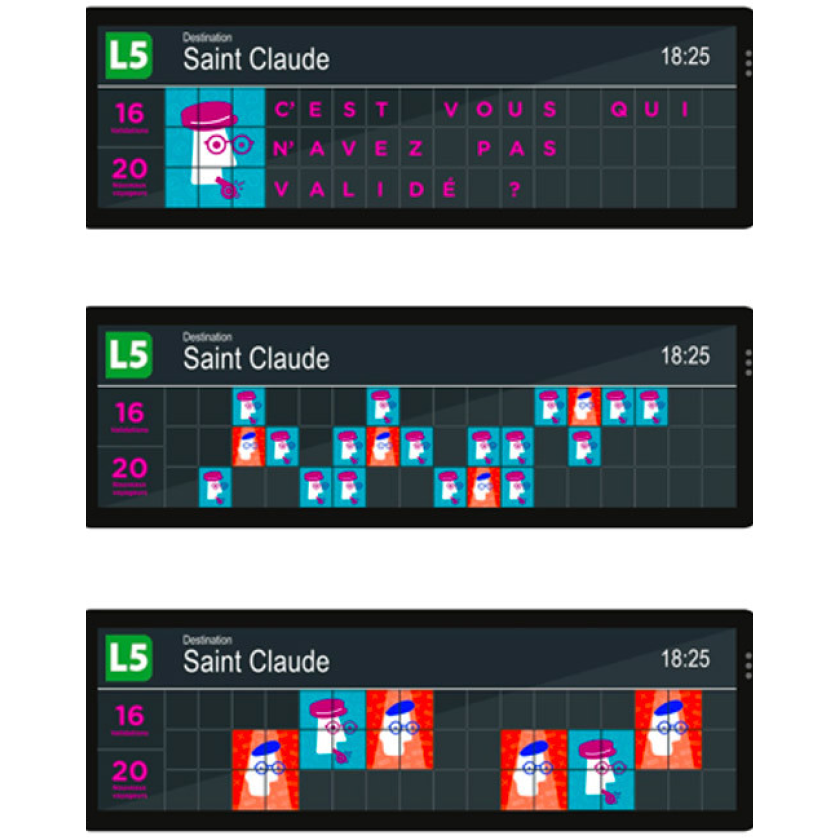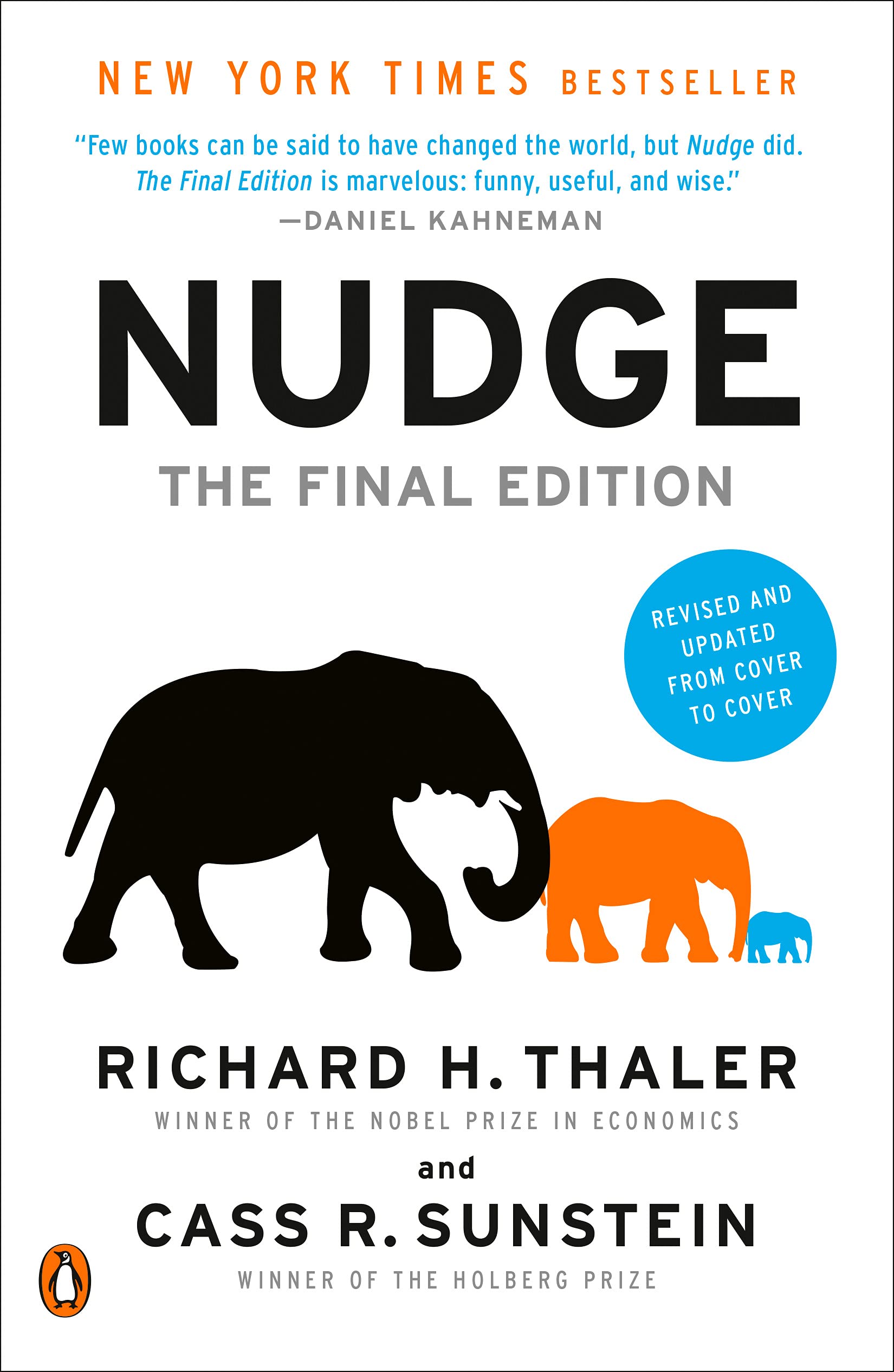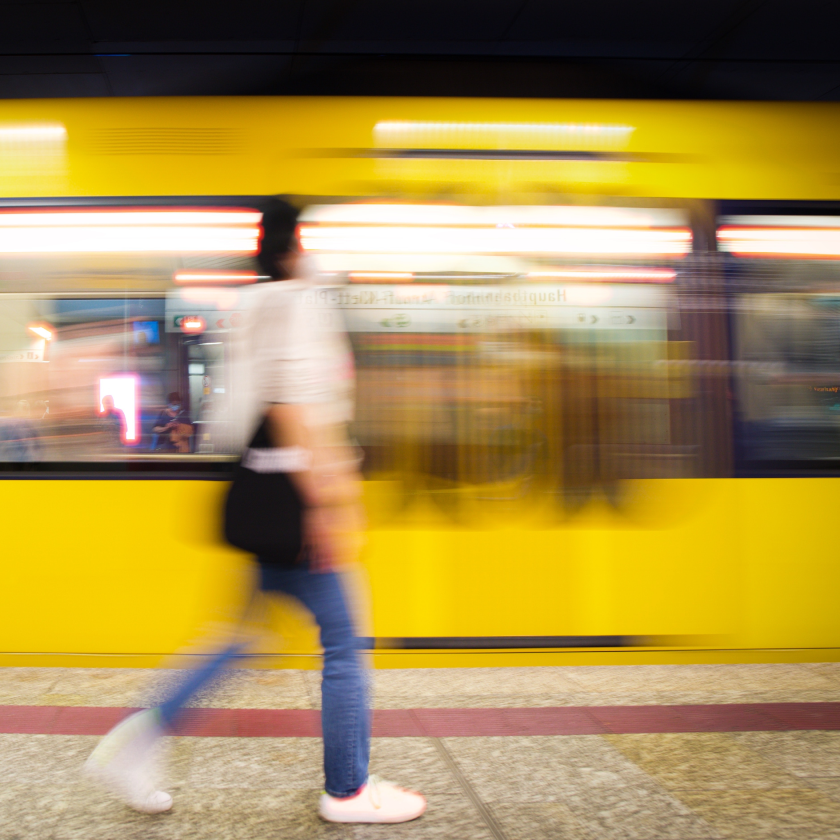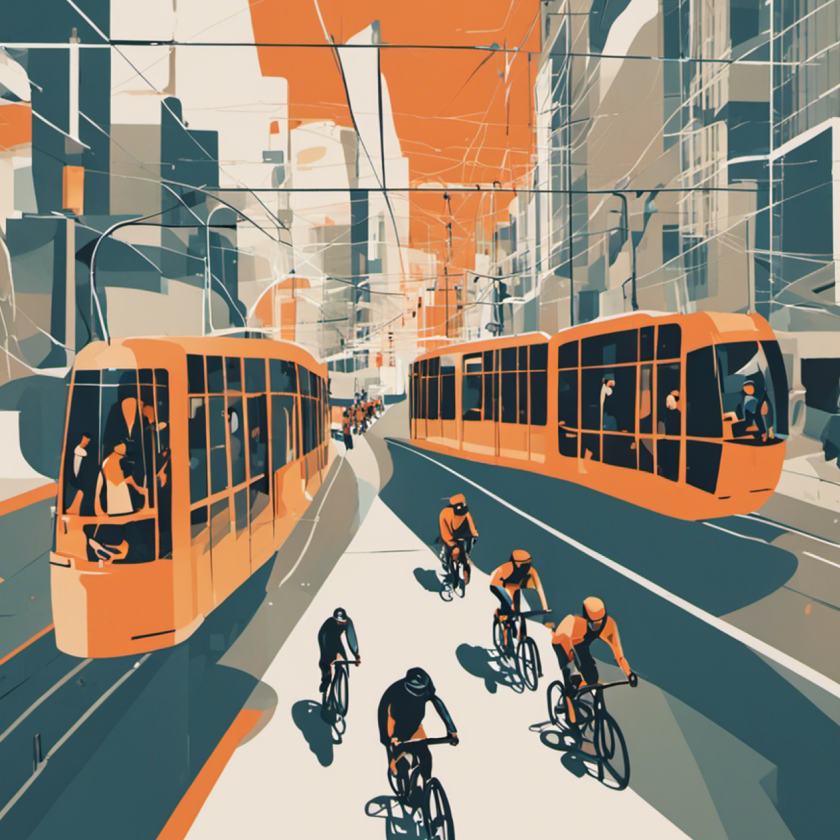Definition of the nudge
The nudge is a helpful push in the right direction. First theorized by Nobel Prize-winning economist Richard Thaler, the nudge can be defined as a method of gentle incentivization aiming to influence individuals’ behaviors without using coercive or restrictive measures. This theory comes from behavioral economics, a field at the intersection of economics and psychology. Unlike traditional approaches based on punishments or rewards, the nudge leverages cognitive biases to subtly guide choices. To this end, nudges often use signals or indirect suggestions to guide individuals’ decisions in a highly effective way.
In the realm of mobility, where passenger behaviors and the way they interact with transport infrastructure have a major impact on traffic and users’ comfort, the nudge offers promising avenues for progress. By influencing decisions, such as where people wait on the metro platform, which seat they choose on the bus or the route they choose during a transfer, a nudge helps to streamline movements, optimize boarding and exit times, and improve passenger satisfaction. As a mobility operator driven by performance, Keolis is rolling out numerous nudge projects across all regions.
